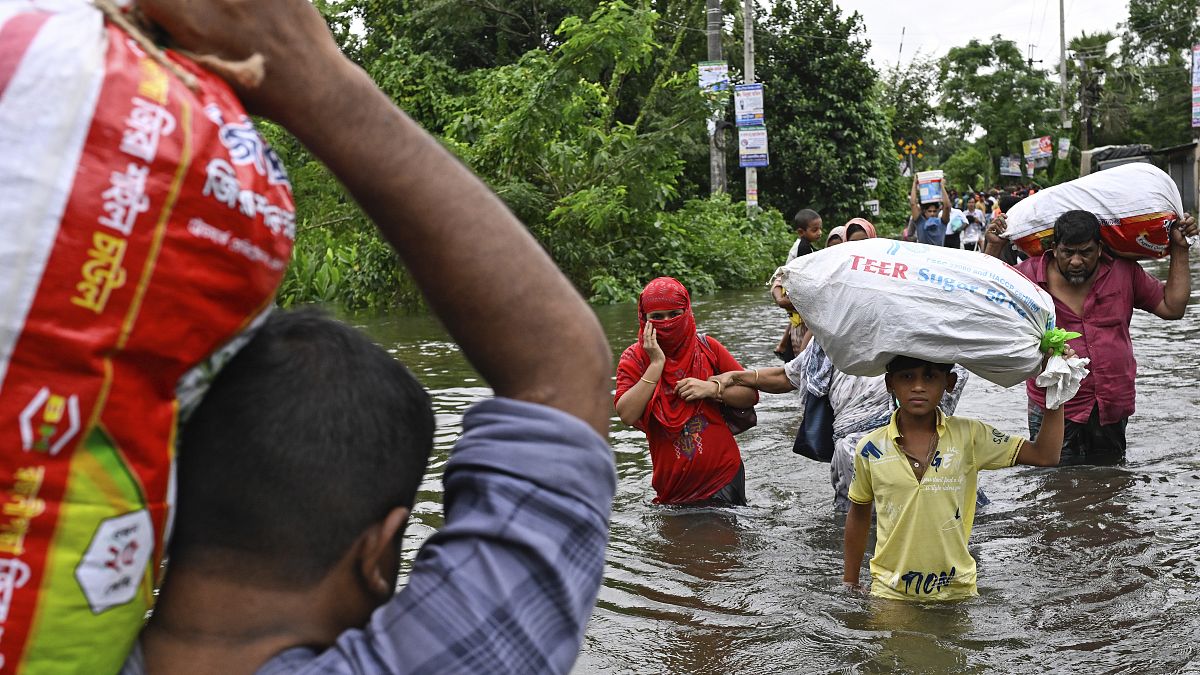The current situation in eastern Bangladesh is dire as water levels in many rivers continue to rise, exacerbating the already challenging conditions in the region. Many residents blame India for the flash floods, alleging that the country opened a river dam in Tripura, leading to the flooding. However, India’s Ministry of External Affairs has denied these claims, stating that they have not taken any action that would contribute to the rising water levels in Bangladesh. Despite these denials, rescue operations are underway in the affected areas, although communication challenges have been hindering efforts to reach those in need.
As the situation unfolds, it is becoming increasingly evident that the people of eastern Bangladesh are facing a crisis that requires urgent attention and support. With water levels continuing to rise and more areas being affected by the floods, the need for coordinated relief efforts is crucial. Local authorities, along with international aid organizations, are working tirelessly to provide assistance to those affected by the disaster. However, the challenges posed by poor communication networks are making it difficult to reach all the affected communities.
The impact of the flooding is being felt across various sectors, including agriculture, infrastructure, and public health. Crops have been destroyed, roads and bridges have been washed away, and the risk of waterborne diseases is increasing as clean water sources become contaminated. The long-term effects of the flooding are yet to be fully realized, but it is clear that the region will require significant support and resources to recover from this disaster. International partners are being called upon to provide assistance to help mitigate the impact of the flooding and support the affected population in rebuilding their lives.
Efforts are being made to improve communication channels in the affected areas to ensure that aid reaches those who need it most. Mobile communication units, satellite phones, and other technologies are being mobilized to establish reliable lines of communication between rescue teams, authorities, and affected communities. Additionally, efforts are being made to streamline coordination between local and international relief agencies to ensure efficient and effective distribution of aid. By addressing these communication challenges, it is hoped that relief efforts can be expedited, and assistance can reach those in need more quickly.
As the situation in eastern Bangladesh continues to evolve, it is essential for all stakeholders to work together to address the challenges posed by the flooding. By collaborating on rescue and relief operations, sharing resources and expertise, and leveraging technology to improve communication, the affected communities can receive the assistance they urgently require. The support of the international community is crucial in addressing the immediate needs of those affected by the floods and in laying the groundwork for long-term recovery and resilience-building efforts in the region. By standing in solidarity with the people of eastern Bangladesh, we can work towards a brighter and more secure future for all.











